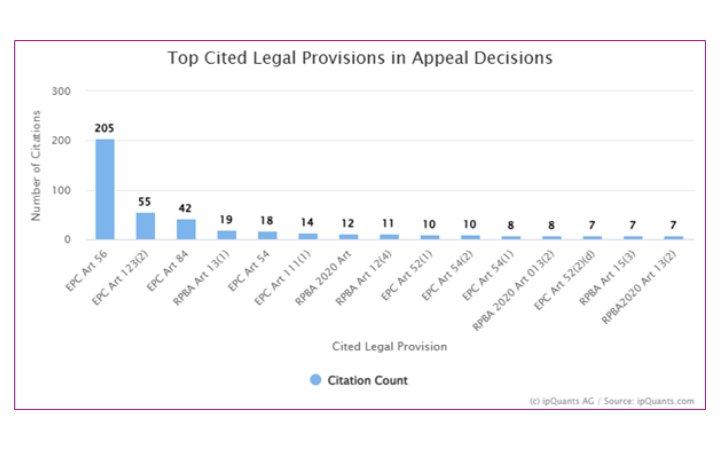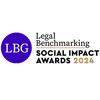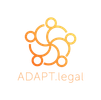Graphical User Interfaces (GUIs) serve as the critical intersection between users and digital systems, revolutionising human-computer interaction through intuitive design and functionality.
As GUIs become increasingly sophisticated, the question of their patentability at the European Patent Office (EPO) was recently the subject of a presentation at the EPO’s Search and Examination Matters Conference where myself and Cristina Russo dos Santos from the EPO discussed the issues to be considered, and how to identify whether these interfaces offer a technical solution or if they merely reflect aesthetic choices and user preferences.
Key Questions in GUI Patentability
When evaluating a GUI-related invention for patentability, the EPO seeks answers to two fundamental questions. Firstly, does the GUI solve a technical problem, thereby offering a tangible benefit beyond mere user satisfaction? Secondly, does the GUI incorporate technical considerations that transcend personal preferences, thereby contributing to a broader technological advancement? These questions guide the examination process, ensuring that only those GUIs that provide genuine technical contributions are granted patent protection. What is important to understand is that these are not questions that are specific to the patentability of GUIs, they are questions that underpin examination generally.
Inventive Step Assessment
The inventive step is a crucial criterion in the patent examination process, particularly for GUIs. It involves determining whether the GUI in question leads to a technical effect that serves a specific technical purpose. This assessment separates features that offer true innovation from those that are purely decorative or based on user preferences. For instance, a GUI that employs novel display methods to enhance image retrieval efficiency may be deemed to have a technical effect, thus meeting the inventive step requirement.
Presentation of Information
In the context of GUI patenting, features related to the presentation of information are carefully analysed. The goal is to identify elements that produce a technical effect within the invention's framework. An example might be a GUI that allows users to efficiently search and retrieve stored images through a unique arrangement of display elements. Such features are considered to contribute to solving a technical problem, and this has been affirmed in EPO Case Law- for example, T 0643/00, where it was affirmed that:
"The mere fact that mental activities are involved does not necessarily qualify subject matter as non-technical since any technical solutions in the end aim at providing tools which serve, assist or replace human activities of different kinds, including mental ones.”
Technical Effects in GUIs
Technical effects are pivotal in determining the patentability of a GUI. These effects may include innovations that facilitate efficient image search and retrieval, enhance man-machine interaction in video games through dynamic guide marks, or improve surgical precision with specialised display techniques. These examples underscore the importance of demonstrating a technical contribution when seeking patent protection for a GUI.
Non-Technical Effects
Conversely, features that cater to user preferences without contributing to a technical task are deemed non-technical. For instance, sorting TV programs by type or representing data through musical scales or colour-coding are considered aesthetic choices. Such features do not fulfil the technical effect requirement and are unlikely to be patentable.
Input Mechanisms in GUIs
User input mechanisms often have a stronger technical character compared to output features. This is because input typically involves compatibility with machine protocols and technical considerations. Innovations such as predictive text input or advanced gesture recognition enhance input performance and are likely to meet the technical criteria necessary for patentability.
Legal Framework and Case Law
The EPO employs a consistent problem-solution approach to assess GUI-related inventions. The invention is evaluated holistically to determine if the technical contribution to solving a problem is non-obvious. Key principles from case law reveal that a mix of technical and non-technical features, the role of data gathering, and the simplification of user actions must all be considered in the context of achieving a technical effect. It is evident from a review of the prosecution history of applications in this space that the main hurdle to be overcome is demonstrating inventive step - Art 56 EPC.

Further interrogation suggests that the case most often cited is the benchmark case for assessment of inventive step in mixed type claims - COMVIK - T 0641/00:

These reaffirms that GUI cases are examined by and large in the same way as general computer-implemented inventions.
Case Studies
Several case studies from the EPO highlight the evaluation process for GUI-related patent applications. These include cases where image selection interfaces, video game guide marks, and selective time stamp displays were deemed to provide technical contributions necessary for patentability. Each case study illustrates the practical application of patent requirements and the importance of demonstrating a technical effect.
For example, T 1648/13 concluded that in the implementation of a graphical user interface (GUI) for video editing, focusing on the technical contribution of displaying video streams vertically and horizontally there are technical aspects beyond mere presentation of information. In T 928/03, which is referenced in the Guidelines and relates to the display of a guide mark in a football game, the Board of Appeal considered whether the graphical user interface (GUI) features contributed to an inventive step. The Board found that the enlarged size of the guide mark served a technical purpose by improving visibility and enabling continued man-machine interaction, which was considered a technical contribution.
These cases are only examples that demonstrate that the EPO will grant patents insofar as a technical problem can be identified and that claimed features provide the technical solution to that problem, irrespective of the fact that the context is a graphical user interface.
Conclusion and Takeaways
The patentability of a GUI feature hinges on its ability to assist in performing a technical task. Input mechanisms typically involve technical considerations, while output features must credibly support technical tasks to be considered technical. Challenges in determining technical contributions include distinguishing between subjective and objective effects and ensuring that features solve technical problems rather than merely assisting mental tasks.
If you would like some more information about how to obtain patents for graphical user interfaces specifically, or any aspect of computer-implemented inventions generally, please contact our team.



















